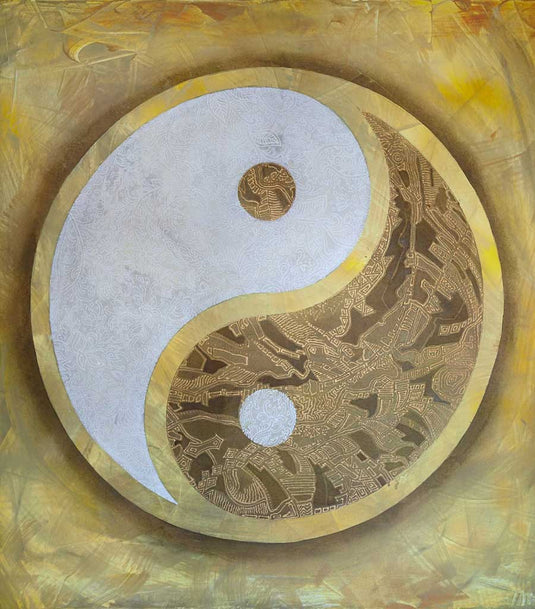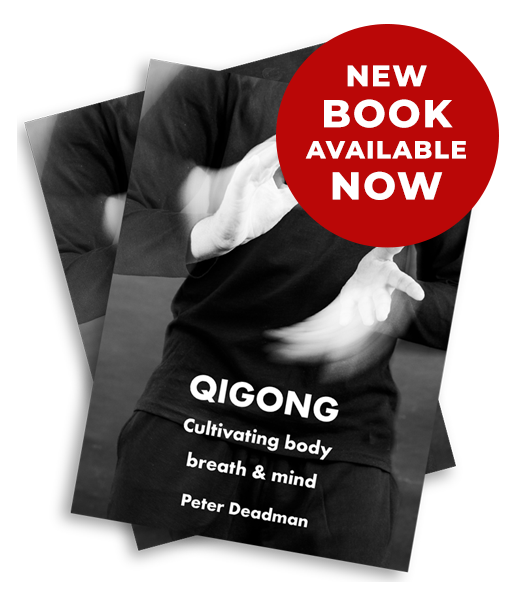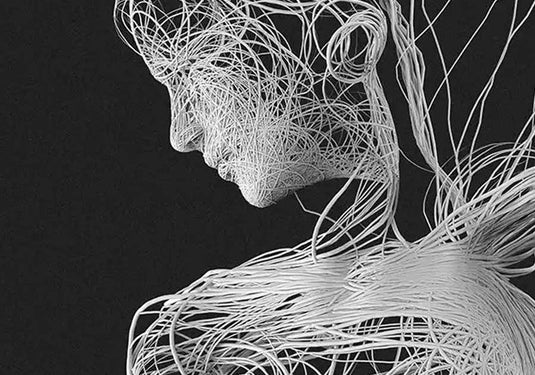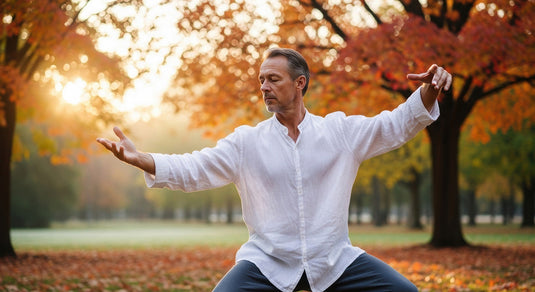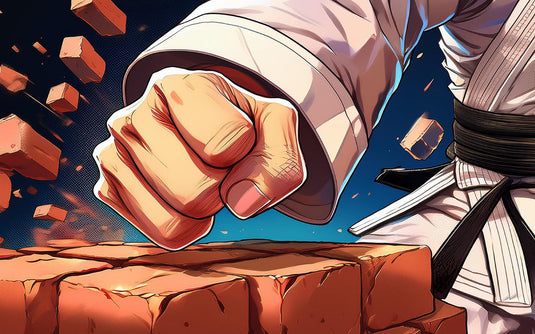Movement and stillness – yin and yang in practice
“In all stillness there must be movement; in all movement there must be stillness” Qigong saying
Some years ago a Chinese doctor called Yan Dexin wrote a book called Aging and Blood Stasis, which emphasised an interesting approach to the treatment of disease in the elderly – one that has meaning for all of us in our practice of what the Chinese call the internal arts (qigong, taichi, bagua, yoga etc.).
The conventional (and rather obvious) idea in Chinese medicine is that as we age we use up our vital resources (known as jing or essence) until finally, when they are exhausted, our life is over. So part of the focus of both traditional medical treatment and health cultivation is on building up, nourishing and strengthening these precious resources.
Yan Dexin, however, emphasised a parallel idea, which is that aging is also characterised by stagnation or lack of flow – especially of blood (“Stiffness and rigidity are indicators of death; softness, weakness are indicators of life” Daodejing, 4thcentury BCE). He pointed out that we grow stiffer, are more prone to problems of blood circulation such as cardiovascular disease, and (this is my own observation) can easily become stuck in our ideas, our likes and dislikes, our prejudices and assumptions. So Yang Dexin proposed that when treating the elderly, a doctor must emphasise moving stagnation as much as nourishing.
This balance between nourishing and moving, however, has wider implications for all of us at all ages and is a vital expression of yinyang in practice.
Movement which helps promote free flow (expressed traditionally as ‘free flow of qi and blood’) has been a core principle since the earliest days of Chinese health promotion. The image of a stream or river is often used … flowing rivers are healthy, stagnant rivers fester and rot.
So cultivation of the healthy body requires both frequent movement in daily life (walking, climbing stairs, household tasks, playing games and sports etc.) and the regular practice of skilled and refined movement found in the internal arts.
But movement of course is yang and we know from yinyang theory that we need to balance yang with yin to achieve harmony. Too much yang movement, without also cultivating yin stillness, can exhaust the body and build tension and stress.
So how do we also embrace yin, and nourish ourselves at the deepest level? The answer is through the practice of stillness. And the tools that can help us achieve this are twofold – cultivation of the mind and cultivation of the breath.
We cultivate the mind by stilling it, by absorbing it in the present moment, by wrapping it up in the moving body and breath. This is what is nowadays sometimes called meditative movement … in the midst of yang activity there is always a core yin stillness.
And we cultivate the breath by turning a mostly unconscious, everyday process into a conscious and enriching one. When, with a still mind, we slow our breathing down and descend the breath to the core (known as the dantian or field of cinnabar) in the lower abdomen, then we start to experience the rich pleasure and benefits of the nourishing, healing breath.
In qigong terminology, when body, breath and mind are mutually absorbed into each other in this way, we enter the ‘qigong state’. In modern terminology, stilling the mind and slowing and deepening the breath shift us into the healing, restoring and nourishing parasympathetic-dominant state that brings a whole host of bodily processes into what is known as ‘coherence’.
Finally, we should always remember that the balance between yin and yang is a dynamic one. Often we want to prioritise yang movement, but even during the most vigorous exercise we can hold a still, yin core (something that can be vital for success at crucial sporting moments). And at other times we want to emphasise stillness, for example in sitting, standing or lying meditative practice, while learning – through profound relaxation and unblocking – to allow qi and blood to follow their normal course and flow freely within that stillness.
For more discussion of breathing, see my YouTube presentation.
